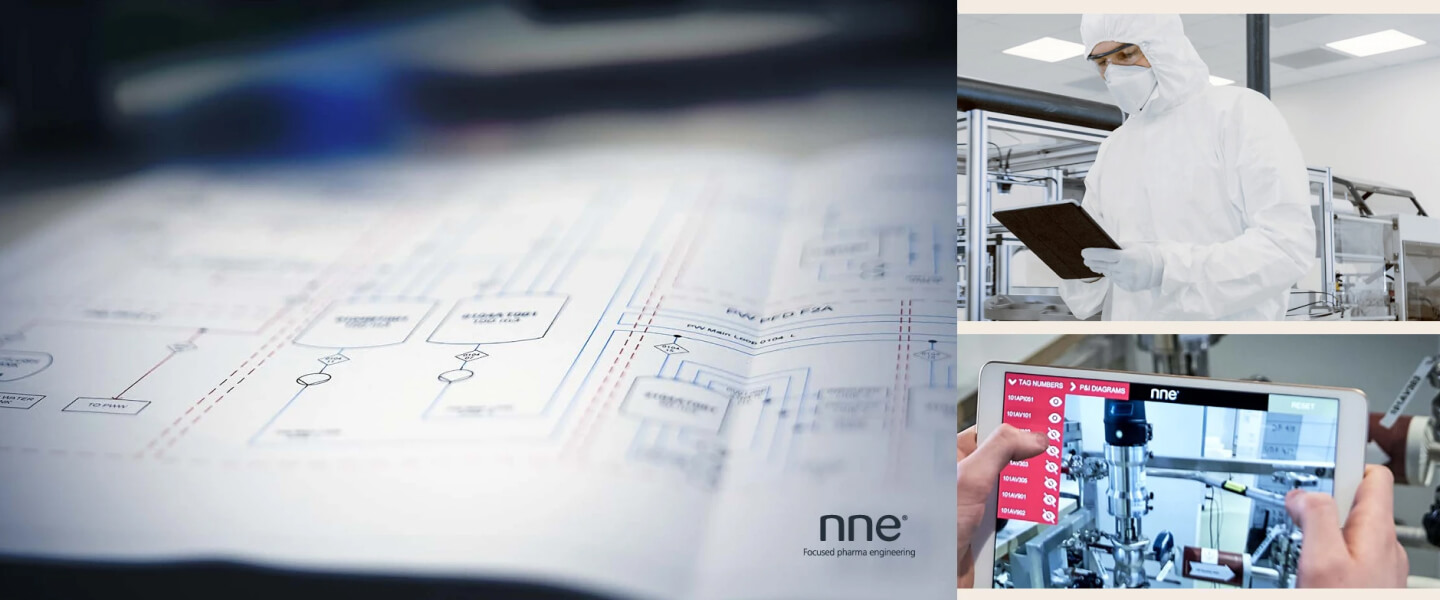Home / Case studies / Drivitty: Transformation into a microservices marvel

Case studies
Drivitty: Transformation into a microservices marvel
In a technology-driven world, staying competitive often necessitates evolving from legacy monolith applications to modern, agile microservices architectures. One shining example of this transformation is Skaylink’s collaboration with Drivitty in completely revamping their infrastructure. This case study underscores Skaylink’s expertise in AWS and DevOps, as they orchestrated a successful transition guided by the Well-Architected Framework.
The challenge
Drivitty, faced with the need for agility and scalability, approached Skaylink to revolutionize their existing legacy architecture.
The challenges included:
- Monolith to microservices: Overhauling a monolithic application into a microservices architecture demanded a fundamental shift in development and deployment methodologies.
- Well-Architected Framework: To ensure the new infrastructure adhered to best practices, Skaylink meticulously crafted an architecture aligned with the AWS Well-Architected Framework.
- Native AWS services: The team embraced a native AWS approach, leveraging services such as Amazon EKS, EC2, RDS, S3, and Elasticache to build a robust and scalable infrastructure.
- CI/CD automation: Automating the Continuous Integration and Continuous Deployment (CI/CD) pipeline was essential for rapid, error-free deployments. Skaylink adopted Bitbucket for this purpose.
- GitOps deployment: For Kubernetes deployments, a GitOps approach using ArgoCD and custom-built Helm charts ensured the seamless rollout of changes.
- Monitoring and support: Implementing a comprehensive monitoring solution was crucial. Skaylink set up AWS Grafana to monitor application-level metrics for monitoring the Kubernetes cluster. Additionally, ongoing support and consultation were provided for any technical inquiries.
Solutions implemented
Skaylink tackled these challenges head-on by:
- Architecting a microservices infrastructure in line with best practices from the AWS Well-Architected Framework.
- Leveraging native AWS services, including EKS, EC2, RDS, S3, and Elasticache, to construct a resilient and scalable ecosystem.
- Automating CI/CD processes using Bitbucket, enabling rapid and error-free deployments.
- Embracing a GitOps approach with ArgoCD and custom Helm charts for Kubernetes deployments, enhancing deployment efficiency and stability.
- Establishing a robust monitoring solution, combining AWS Grafana and self-hosted Grafana with AWS Prometheus to gain insights into application and infrastructure health.
- Providing continuous support and technical consultation, ensuring Drivitty had a reliable partner for addressing evolving technical challenges.
Positive outcomes
The collaboration between Skaylink and Drivitty yielded remarkable results:
- Successful transformation from a monolith to a microservices architecture, enabling enhanced agility and scalability.
- Infrastructure built in alignment with the AWS Well-Architected Framework, ensuring robustness and adherence to best practices.
- Seamless automation of CI/CD processes, leading to faster and more reliable deployments.
- GitOps-driven Kubernetes deployments, enhancing deployment efficiency and ensuring consistent configurations.
- Comprehensive monitoring with AWS Grafana and self-hosted Grafana with AWS Prometheus, enabling proactive issue resolution.
- Ongoing technical support and consultation, empowering Drivitty to navigate evolving technical challenges confidently.
Solutions implemented
- Microservices infrastructure
- AWS services, including EKS, EC2, RDS, S3, and Elasticache
- Automating CI/CD processes
- GitOps approach with ArgoCD
- Robust monitoring solution with AWS Grafana and AWS Prometheus

Conclusion
Skaylink’s collaboration with Drivitty exemplifies the transformative power of modernizing legacy architectures into agile microservices ecosystems. This case study stands as a testament to Skaylink’s proficiency in AWS, DevOps, and their unwavering commitment to excellence.

Heavy-duty cloud infrastructure for swa

Streamlining disaster recovery for Veracity Insurance
